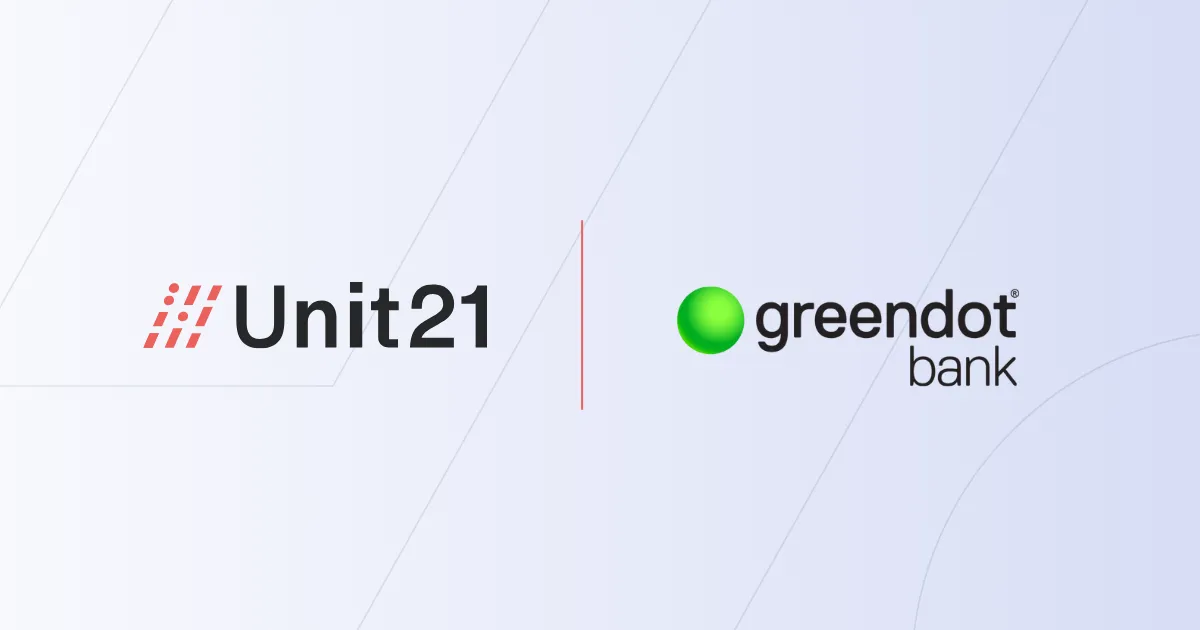

Ensuring a robust AML program is essential for any financial institution or fintech. With evolving regulations and sophisticated financial crimes, maintaining high AML quality assurance (QA) and quality control (QC) standards is more critical than ever.
Joined by AML experts Brandi Reynolds, Chris Sidler, and John Wiethorn, this blog explores what constitutes a high-quality AML program! Get to know about our shared insights on common pitfalls and best practices. Here are the key takeaways from our conversation—let's jump in.
How Do You Define a High-Quality AML Program?
Understanding what makes an AML program truly effective involves looking at several critical components.
Key Elements of a High-Quality AML Program
John Wiethorn, Head of Financial Crime, Compliance & AML/BSA Officer, Gusto
A high-quality AML program goes beyond meeting regulatory requirements. It involves asking critical questions:
- Are we covering the basics?
- Have we met all regulatory requirements and partners' expectations?
- What have we invested in our AML program?
He stressed the need for independent testing to meet industry standards. Staffing with experienced personnel is crucial. Despite varying requirements, a robust AML program requires the right staff, investment, and independent testing.
Tailoring the AML Program to the Business Model
Brandi Reynolds, Managing Director, Bates Group
A high-quality AML program should be tailored to the business model while incorporating best practices. It's essential to identify meaningful practices for the business and continuously update the program.
Startups, in particular, may not need all the bells and whistles from day one but should strive to improve their program over time. Continuously enhancing the program ensures it remains effective and aligned with the evolving needs of the business.
What Are the Common Pitfalls in AML Quality Assurance?
Brandi Reynolds, Managing Director, Bates Group
While striving for a high-quality AML program, organizations often encounter several common pitfalls that can undermine their efforts.
Lack of Clear Standards and Procedures
With well-defined quality assurance and quality control standards and procedures, measuring performance and ensuring compliance becomes easier. Developing detailed documentation and securing buy-in from all stakeholders is vital.
Insufficient Training and Expertise
Often, individuals are assigned roles without adequate understanding of the processes involved. Ensuring well-trained and knowledgeable personnel is essential for a successful AML program.
Lack of Integration
Brandi also noted the importance of integrating the AML program process with QA and QC. Being involved in meetings and product or service offerings ensures that AML considerations are incorporated into the process.
The Importance of Documentation in AML QA and QC
John Wiethorn, Head of Financial Crime, Compliance & AML/BSA Officer, Gusto
The quality of documentation reveals much about the program. Comprehensive policies, procedures, standards, and quality assessments indicate a well-rounded program capable of withstanding scrutiny. Ensuring that qualified individuals handle compliance responsibilities is crucial, especially for startups.
Evidence of Performance
Chris Sidler, Partner, FS Vector
We cannot overstate the importance of documenting the program's performance. Tracking and recording measurements are essential to evaluate transaction monitoring alerts or KYC files. A risk-based approach is crucial, focusing on areas that significantly impact risk management and mitigation.
Implementing and Managing QA Effectiveness
John Wiethorn, Head of Financial Crime, Compliance & AML/BSA Officer, Gusto
Implementing and managing QA effectiveness varies based on the institution's size. A three-line-of-defense system remains the industry standard:
- First Line of Defense: Operations personnel should have quality control over their processes. Sampling work, especially for junior staff, ensures performance quality.
- Second Line of Defense: An independent review, like an internal audit, ensures adherence to procedures and identifies areas for improvement.
- Third Line of Defense: Compliance officers should proactively identify and address issues before they become audit findings.
Time Investment in AML QA and QC
John Wiethorn, Head of Financial Crime, Compliance & AML/BSA Officer, Gusto
QA and QC require a significant time investment, particularly for leads and senior analysts. However, experienced staff can efficiently review cases and ensure all components are in place. A robust training program and proper hiring practices are essential to streamline the process. Over time, these two become part of the business-as-usual activities, with different levels of scrutiny based on the risk of the activity.
When to Invest in a Structured QA and QC Process
Determining the right time to invest in structured processes can be challenging, especially for smaller firms.
Early Implementation of AML Quality Assurance
Chris Sidler, Partner, FS Vector
Even small firms should consider implementing QA and QC processes early in development. While larger firms naturally adopt these practices, smaller firms can benefit from having a designated compliance officer or team lead to review work and track improvements, ensuring continuous quality enhancement.
Preparing for Audits
Chris Sidler, Partner, FS Vector
When preparing for audits, we must prioritize identifying potential violations and have mechanisms to escalate issues. The key steps to prepare for an audit include:
- Comprehensive Documentation: Ensure all policies, procedures, and quality assessments are well-documented.
- Designated Audit Team: Identify who will shepherd and curate the audit process, respond to information requests, and conduct walkthroughs.
- Transparency and Cooperation: Approach the audit with transparency, acknowledging gaps and demonstrating a commitment to improvement.
Practical Tips for a Successful Audit
Brandi Reynolds, Managing Director, Bates Group
For a successful audit, we need to take note of three crucial things. These include:
- Organization: Be prepared with handouts, walkthroughs, and demos. Ensure internal staff are ready for interviews.
- Tracking Requests and Deadlines: Keep everyone on the same page regarding expectations and timelines.
- Continuous Preparation: Prepare for the next audit throughout the year, not just when the information request arrives.
Innovative Practices in AML Compliance
We explored innovative practices and tools emerging in the AML compliance space to wrap up our discussion. Each participant highlighted the potential for AI in financial crime compliance:
- AI and Machine Learning: Brandi highlighted the potential of AI and machine learning to enhance QA and QC processes.
- AI and Point Solutions: Chris emphasized the benefits of AI and point solutions in improving AML compliance.
- Supervised Machine Learning and AI: John discussed the role of supervised machine learning and AI in enhancing AML compliance efforts.
By leveraging these innovative technologies, firms can stay ahead of evolving financial crimes and ensure their AML programs remain effective and compliant.
Elevate Your Program: Join Our Exclusive AML QA Workshop
For an in-depth exploration of quality assurance in AML programs, don't miss our exclusive workshop featuring top industry experts. Discover cutting-edge strategies and actionable insights to supercharge your AML compliance efforts.
Register here to watch our exclusive workshop!
Subscribe to our Blog!
Please fill out the form below:



%20(10).webp)




.webp)
